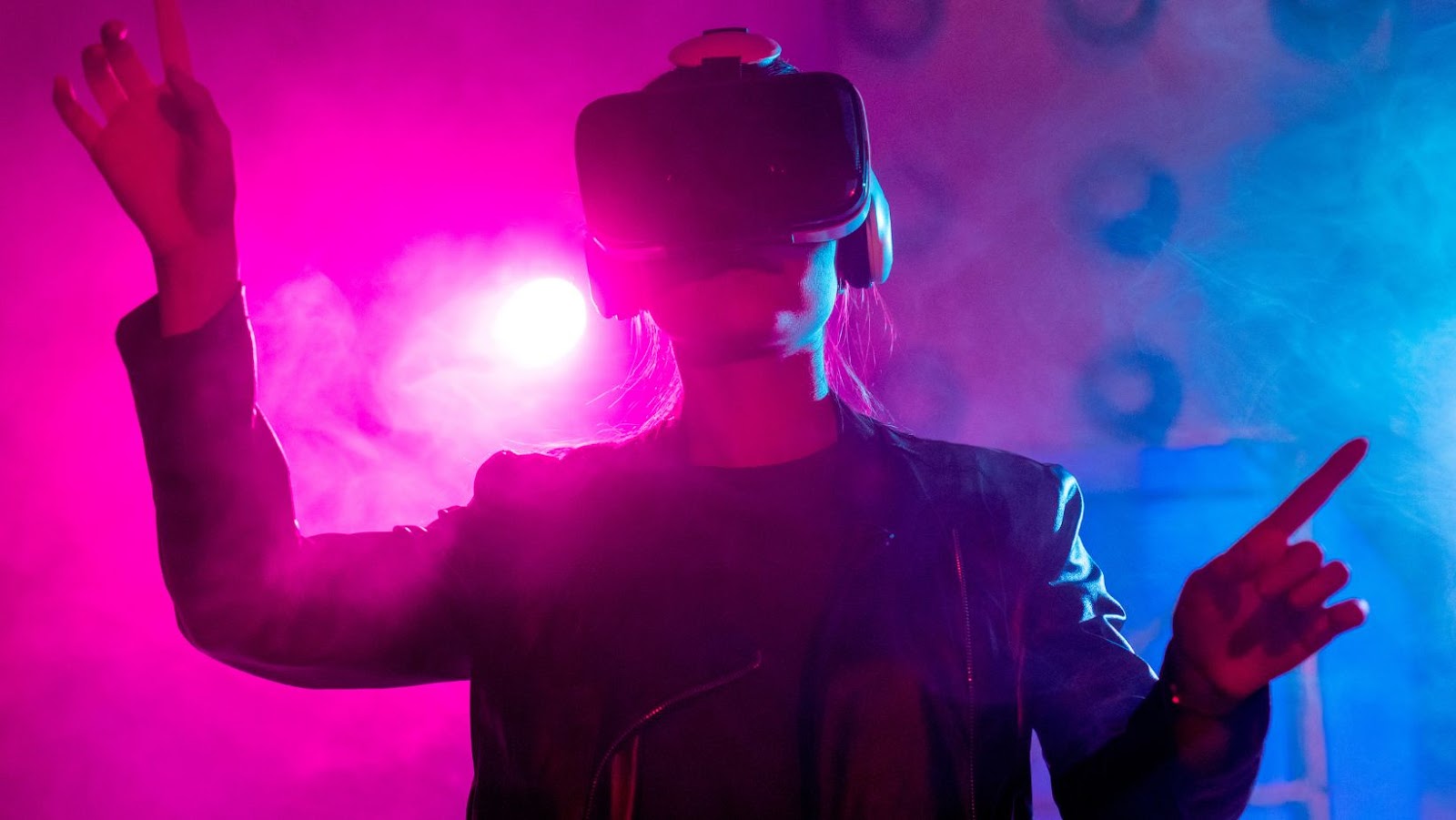 Virtual Reality Job Simulator
Virtual Reality Job Simulator
Virtual reality job simulators offer immersive experiences for career exploration and skill development. They provide users with realistic environments where they can perform job tasks, receive feedback, and improve competencies. Key industries using VR job simulators include healthcare, education, and manufacturing.
Healthcare professionals use VR to practice surgical procedures and patient interactions. For example, surgeons can perform simulated operations to refine techniques without risks. Educators use VR to create interactive learning modules, offering students hands-on experience in subjects like chemistry and physics. In manufacturing, VR job simulators assist in training workers to handle machinery and understand safety protocols.
User interaction is intuitive in VR job simulators. Controllers or hand tracking sensors enable users to manipulate virtual objects naturally. High-resolution displays and 3D audio enhance realism, making the virtual job environment feel authentic.
VR job simulators are valuable for their adaptability. They can be tailored to different skill levels, from beginners to experts, ensuring that users receive the right challenges for their development stage. This flexibility makes VR a powerful tool for both training and educational purposes.
 Gameplay Experience
Gameplay Experience
VR job simulators offer a deeply engaging gameplay experience. Users find themselves fully immersed in lifelike environments while exploring a wide array of career paths. High-resolution graphics and 3D audio create a convincing sense of presence. Users can see, hear, and interact with elements as if they were in the real world. For example, in a virtual kitchen, one can hear the sizzle of food, see steam rising from pots, and even flip pancakes using hand tracking sensors. The realistic environments enhance skill development by closely mimicking real-life challenges.
From aviation to restaurant management, VR job simulators cover numerous professions. Users can fly aircraft, manage kitchens, perform medical procedures, or operate heavy machinery. Each simulation offers varied scenarios relevant to the specific career, such as emergency medical interventions in healthcare or complex manufacturing tasks in industrial settings. This variety ensures that users can explore and gain insights into multiple career options.
User interaction is intuitive, utilizing VR controllers or advanced hand tracking sensors. These enable natural manipulation of virtual objects, such as turning dials, picking up tools, or conducting operations. For instance, a surgeon can use precise hand movements to perform virtual surgeries, while a chef can chop vegetables and mix ingredients seamlessly. The controls are designed to be user-friendly, accommodating both beginners and advanced users, ensuring a tailored experience that evolves with the user’s proficiency.
 Technical Aspects
Technical Aspects
Virtual reality job simulators rely on advanced technology to create immersive environments, offering users a realistic experience of various careers. VR job simulators utilize high-resolution graphics to model realistic environments. The use of detailed textures and dynamic lighting enhances immersion, helping users feel present in the simulated settings. Developers employ techniques like anti-aliasing and anisotropic filtering to ensure smooth graphics, reducing visual artifacts and enhancing clarity. Motion capture and 3D modeling create lifelike human avatars and objects, ensuring that movements and interactions within the virtual space feel authentic.
VR job simulators demand robust hardware to function effectively. Users typically need a computer or console with a strong GPU, at least 8GB of RAM, and a recent CPU model to handle the rendering and processing tasks. Additionally, VR headsets like the Oculus Rift, HTC Vive, or Valve Index are necessary for immersive experiences. For optimal performance, a refresh rate of 90Hz or higher is recommended, reducing motion sickness and enhancing the user’s comfort during extended sessions. External sensors or built-in tracking systems often support precise motion tracking, ensuring users can interact naturally within the virtual environment. The setup requires ample physical space to facilitate free movement without obstacles.
Virtual reality job simulators represent a significant advancement in career exploration and skill development. They offer immersive, hands-on experiences across various professions, allowing users to practice and learn in lifelike environments. The technology behind these simulators continues to evolve, making them more accessible and effective for both students and professionals.
Despite some challenges like hardware requirements and potential motion sickness, the benefits of VR job simulators are undeniable. They provide realistic training experiences that can significantly enhance users’ skills and prepare them for real-world job scenarios. As VR technology progresses, these simulators will likely become an even more integral part of education and professional training.